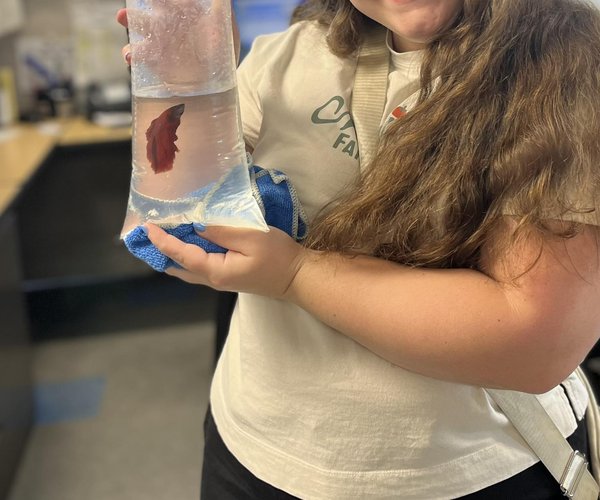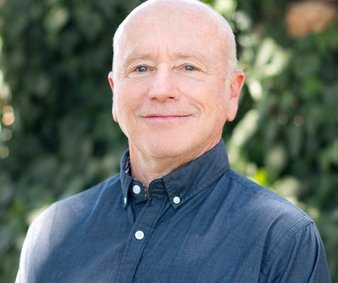Poor water quality in the Central Valley – and the relative concentration of that water in poor, rural areas – has drawn the attention of the United Nations.
Catarina de Albuquerque, United Nations Independent Expert on the human right to safe drinking water and sanitation, issued a report to the UN Human Rights Council on the state of water and sanitation access in America earlier this month. Playing a large role in that report were water quality issues in the Central Valley.
Nitrate levels, elevated by fertilizers, manure, and septic tanks, are threatening the drinking supplies of south Valley towns. High nitrate levels in water have been shown to harm respiratory and reproductive systems, as well as the kidney, spleen, and thyroid.
“While nitrates occur naturally at low levels, crop fertilizers, animal manure or septic systems can elevate nitrate levels in drinking water sources,” de Albuquerque said. “Because it is difficult to assign responsibility for this type of pollution (non-point source pollution), no one is obliged to pay for the clean-up costs. In these circumstances, the affected community inevitably bears these costs.”
The problem is worst in Tulare County, per the report, where 20 percent of small public water systems fail to meet the nitrate minimum contaminant level on a regular basis. A further 20 percent of systems see levels more than half the nitrate MCL.
The problem stems from the groundwater-based water systems in nearly 90 percent of valley communities, susceptible to nitrate contamination. Operators of small systems often cannot afford to treat that contamination, and instead provide water that customers are advised not to drink.
Turlock, which relies on groundwater, faces no nitrate contamination problems.
“Our nitrate levels are well below the maximum contaminant level,” said Michael Cooke, Turlock regulatory affairs manager.
Currently, Turlock averages 21 milliliters of nitrates per liter of water – well below the federal standard of 45 milliliters per liter. Turlock had one well which exceeded the federal standard several years ago, Cooke said, but the city quickly shut the well down.
But in Seville, like many small, low-income communities in Tulare County, residents have no clean source of drinking water. As such, residents must purchase bottled water to drink and cook.
“The cost of bottled water thus becomes the de facto water rate, which is not including the cost of transport to the store,” de Albuquerque said. “With a median household income of $14,000 per year, households, in total, are devoting approximately 20 per cent of their income to water and sanitation. Households who are unable to afford alternative solutions, such as buying bottled water, uninformed about the water quality or forced to make difficult trade-offs, such as forgoing other basic needs, fall into a protection gap.”
University of California, Berkeley research found that many of those smaller, nitrate-challenged water systems are found in communities with large numbers of Latinos and renters. Heavily white communities, and those with more homeowners, were less likely to see nitrate issues, per the research.
“The independent expert expresses concerns about such racial disparities, and urges the Government to take concerted action to eliminate discrimination in practice, as well as to ensure country-wide regulation and monitoring of private drinking water supplies,” de Albuquerque wrote.
Already, the UN General Assembly has passed a resolution on the human right to water and sanitation. The UN Human Rights Council has similarly passed a resolution recognizing the human right to water and sanitation, noting the right as a legally binding part of international law.
California yet to formally recognized the human right to water, but AB685, currently in the Senate Appropriations Committee would see the state do just that.
Passage of the bill would be just one step toward the ultimate UN goal of clean water for all humans.
"The goal of universal access to clean and safe water has yet to be attained,” de Albuquerque wrote. “Infants, older persons, persons with certain medical conditions and other vulnerable groups remain at risk from exposure to water that does not meet federal standards.”
To contact Alex Cantatore, e-mail acantatore@turlockjournal.com or call 634-9141 ext. 2005.









